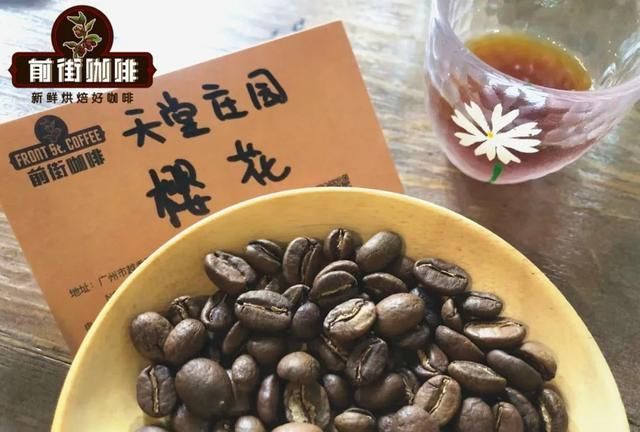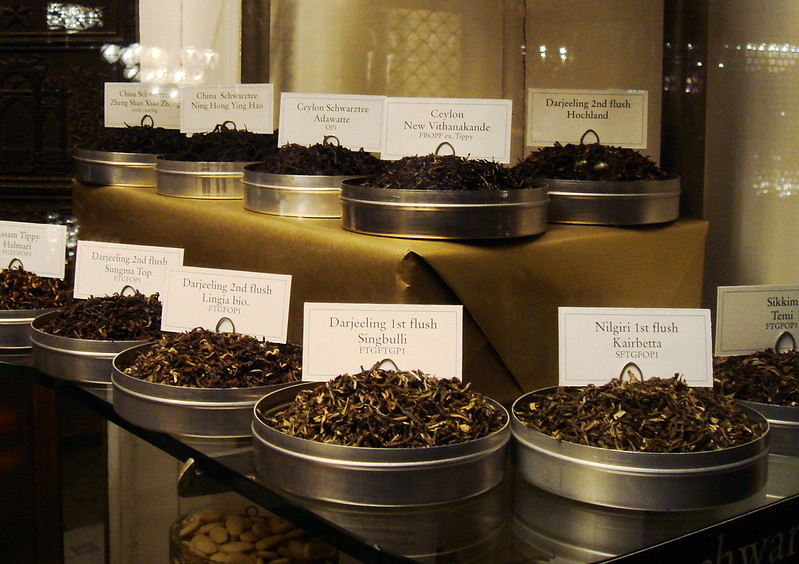Historical story of the origin of Colombian Castillo coffee beans what coffee beans are hybrid of Castiyou coffee beans
Castillo / Castie excellent variety Castillo
The Columbia Coffee Research Center began its research in 1961. As part of their ongoing research on rust-resistant bacteria such as Kaddura and Timor Hybrid, after 23 years of research, they developed six varieties of Castillo varieties, which were widely planted in 2005. About 45 per cent of coffee plantations in Colombia now grow Castillo. Castillo is famous for its smoothness, aroma and citric acid. According to the blind test results of the Colombian National Coffee Research Center, the flavor of Castillo can reach the flavor quality of Kaddura and bourbon.
This coffee was originally made from a cross between Kadura beans and Carmorn coffee beans, and then it was hybridized with Kaddura many times to wash away the bad flavor of Carmorn year by year. After more than a decade of cultivation, it was finally called Castillo. In recent years, it has been improved and given a new name, called Castiu.
The cherry coffee beans sold in Colombia are made by Castillo, which is washed with double anaerobic water. First of all, the complete coffee fruit is fermented in an anaerobic environment, then the peel and pulp are removed by machine, and the pectin coffee beans are put into a plastic bag or other sealed container in an anaerobic environment, and then anaerobic fermentation is carried out. After the completion of fermentation, the coffee beans were removed from the anaerobic environment, washed with water, washed off the pectin layer and then dried in the sun to reduce the moisture content to about 11%. Through the cup test in the front street, it was found that the coffee beans treated by this method were more acidic than those washed by anaerobic water.

Cooking flavor: you can smell the sweetness of strawberry jam and the aroma of chamomile. The taste is as sweet and sour as strawberry, and fermented as strawberry jam, followed by aromas of basil and rosemary, and finally a hint of mint tea in the mouth.
Important Notice :
前街咖啡 FrontStreet Coffee has moved to new addredd:
FrontStreet Coffee Address: 315,Donghua East Road,GuangZhou
Tel:020 38364473
- Prev

What is the grade of green label coffee beans in Panamanian Jade Manor? Flavor evaluation of rose summer coffee beans in Panamanian jadeite manor.
Emerald Manor's green label Rose Summer PrivateCollection Jade Manor is located in Panama's Boguo specialty area. Jadeite Manor is also popular with Rosa Coffee by taking part in the 2004 BOP Best Panamanian Coffee Raw Bean Competition and winning the championship. Rose Summer Coffee of Jade Manor
- Next

Which brand is the best black tea estate in Darjeeling? General situation of planting conditions of Gramburn Tea Garden
Darjeeling Tea, the tea garden in Darjeeling, is often described as champagne in tea because of its light shadow and floral fragrance. Tea has been a staple crop in the region since an Englishman (about who) brought seeds from China in the mid-19th century. When you drive around, you will see neat rows of tea trees
Related
- Caught off guard! Starbucks '15-year-old store quietly closes!
- Naixue Drink drank a stone and claimed a claim was retaliated by the merchant?!
- What is the difference between a cake filter cup and a V60 conical filter cup? What are the advantages and disadvantages of the flat-bottomed filter cup brewing solution?
- What is the difference between fine coffee powder and medium coarse coffee powder? Do I need to sift out the fine coffee powder for making coffee by hand?
- Why does hot American coffee taste bitter? Difference in proportional concentration between hot American and ice American
- Is espresso stored overnight in the refrigerator harmful to your body? Is frozen coffee better than freshly ground coffee?
- What parameters and proportions of water temperature should be used to grind and brew fresh coffee beans? Why can't I drink freshly roasted coffee right away?
- Customers have "changed" Manner's new products! Shop assistant: Please don't mess around!
- Remove sockets in customer areas at Starbucks stores?! Netizen: I won't go if I really tear it down
- What is the difference between the taste steps of sun-dried coffee and washed coffee? Why is sun-cured coffee sweeter and washed coffee sour?

